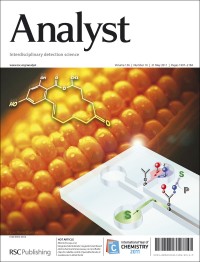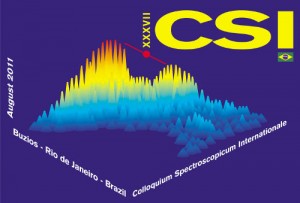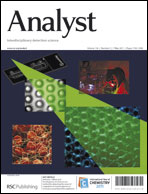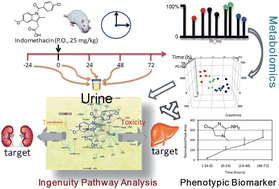Want to find out more?
The Applied Materials Chemistry Group from the RSC are hosting a one day workshop on Surface chemistry and the non-specific binding problem in biosensor technology.
Date: May 9th, 2011 (9:15 AM – 5:00 PM)
Location: Burlington House, Royal Society of Chemistry, Piccadilly, London, UK
For more information and how to register, visit the website.
Considering that this phenomenon will ultimately dictate whether a biosensor can be commercialized or not, it is clear that a dedicated symposium on this subject is both timely and warranted. The subject matter is relevant to the fields of drug discovery, clinical diagnostics and environmental analysis, including homeland security and defense sectors.
PROGRAM
8:45 – 9:15 Registration
9:15-10:00 Professor Lisa Hall University of Cambridge, “Interfacial communication: a key requisite for Biosensor function”
10:00 – 10:45 Dr Helge Schnerr, TTP LabTech Ltd, Melbourn “Biosensors and the non-specific adsorption dilemma – Is there a way out?”
10:45 – 11:00 Coffee break
11:00 – 11:45 Professor Jean-Francois Masson, University of Montreal, “Detection of biomolecules in crude serum using peptide monolayers and microhole arrays”
11:45 – 12:30 Dr Christophe Blaszykowski, University of Toronto, “Antibiofouling behaviour of self-assembled monolayer-based biosensing platforms characterized by an ultra-high frequency acoustic wave sensor”
12:30 – 1:30 Buffet lunch
1: 30 – 2:15 Dr Sub Reddy, University of Surrey, “Towards protein-specific polymers and hydrogels and their use in sensors”
2: 15 – 3: 00 Dr Neil Hopkins, Dstl, UK “Engineering biofouling resistant surfaces: Topography and functionality”
3:00 – 3:15 Coffee break
3:15 – 4:00 Professor Mike Thompson, University of Toronto, “Selectivity of biological receptors: Relevance to biosensor development”.
4:00 – 5:00 Discussion
Registration fee; 75 pounds for academic delegates; 100 pounds industry delegate. Fee includes a lunch and all proceedings.
Comments Off on Biosensors and the non-specific binding problem…
















